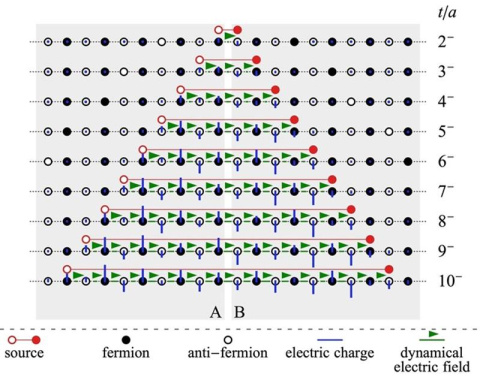
Quantum simulations reveal the presence of entanglement among the quarks produced in high energy collisions.
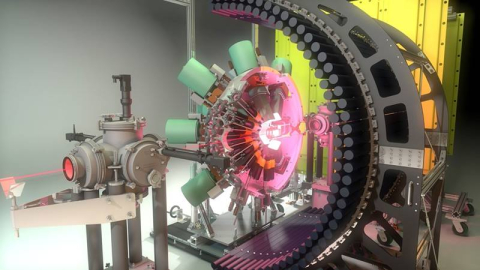
A newly discovered excited state in radioactive sodium-32 has an unusually long lifetime, and its shape dynamics could be the cause.
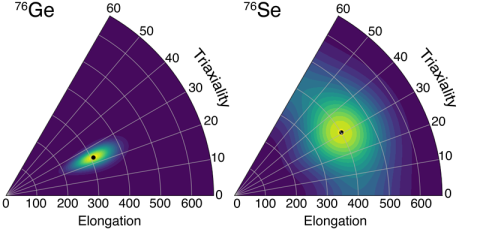
Scientists investigate neutrinoless double beta decay through neutrino mass and the nuclear structure of germanium-76.
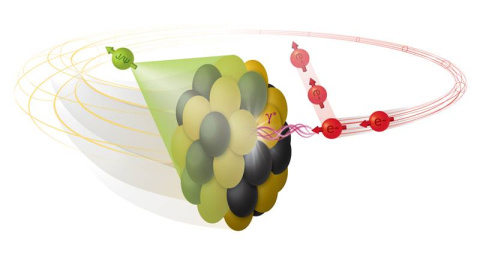
New theoretical work indicates that the future Electron Ion Collider can be used to measure the shape of atomic nuclei.
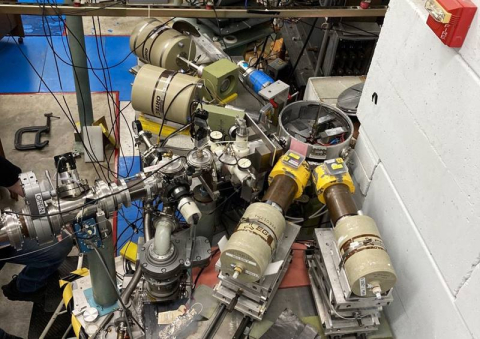
Measurements of the nuclear structure of cesium-136 open a new channel for measurements of astrophysical neutrinos and searches for dark matter.
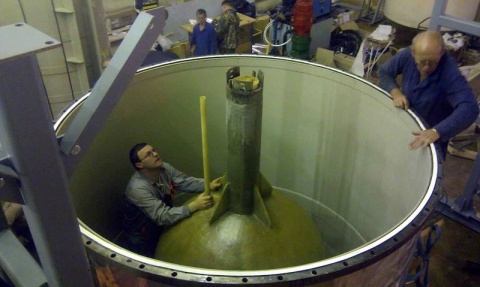
The Baksan Experiment on Sterile Transitions (BEST) finds evidence of the sterile neutrino, a hypothetical particle that interacts only via gravity.
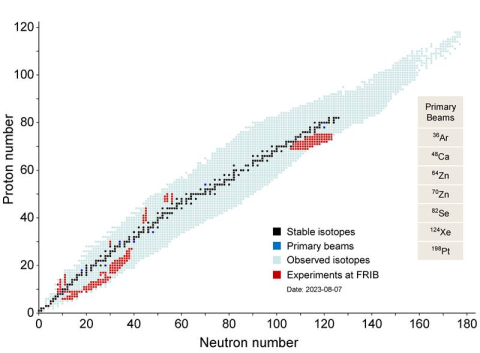
Department of Energy user facility helps probe questions from changes in the structure of nuclei to nuclear reactions that shape the Universe.
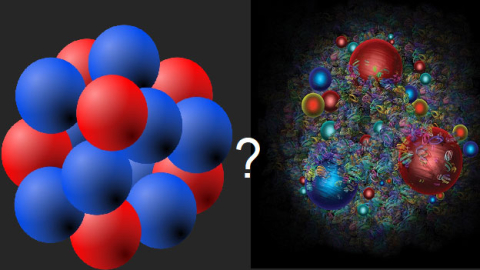
Matter inside neutron stars can have different forms: a dense liquid of nucleons or a dense liquid of quarks.
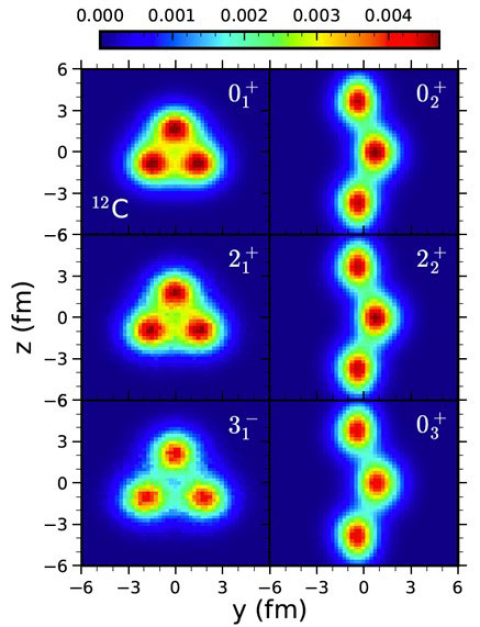
Researchers examine the structure of the low-energy nuclear states of carbon-12 using nuclear lattice effective field theory.
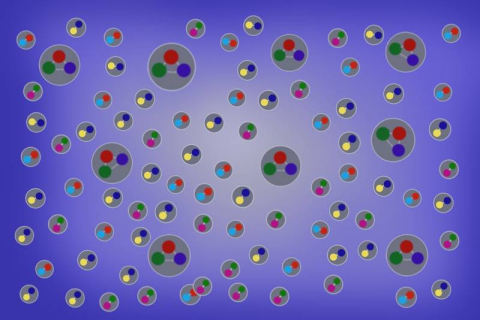
Scientists translate predictions of hydrodynamics into experimentally observable particle patterns.

